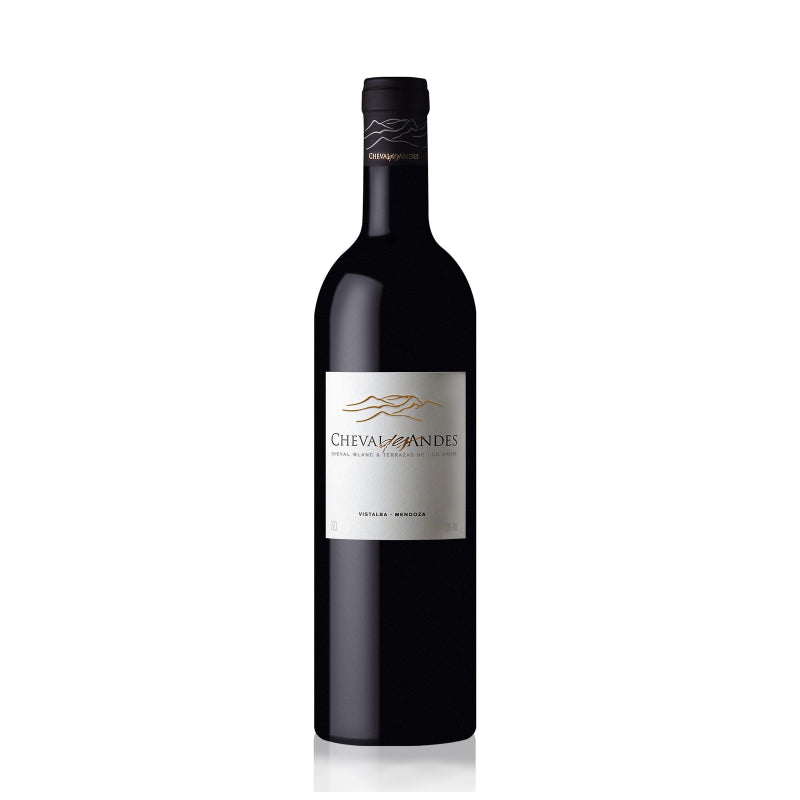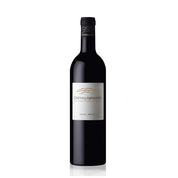Cheval Des Andes IGT Rouge 2017 750ml
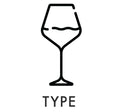

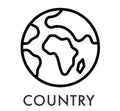


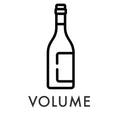
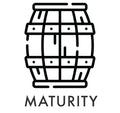
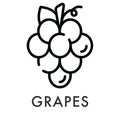

Jamessuckling.com | JS 100
Published: Feb 10, 2020
This is the greatest Cheval des Andes ever. Discrete aromas of blackberries, flowers, stone and licorice. So perfumed. The integration of fruit, tannins and acidity is fantastic. Full-bodied, tight and solid with beautiful depth and integrity. Extremely long and exciting. Complex and compelling with such refinement and length. A blend of 62% malbec and 38% cabernet sauvignon. Available in September 2020. Better after 2024.
The Wine Advocate | RP 97+
Published: Aug 31, 2020
Drink: 2020-2034
In the last few years, a handful of wines from Chile and Argentina?often French owned?have been released in September through the Place de Bordeaux, the network of negociants that sell most of the Bordeaux wines and some of the leading wines from other regions. The 2017 Cheval des Andes is one such wine. 2017 saw an early harvest, but they started picking on the 6th of March and continued until the 10th of April, more or less normal dates, early but not so much. The varietal break down this vintage comes to 62% Malbec and 38% Cabernet Sauvignon, and the wine is slightly riper and higher in alcohol than 2016 (this 2017 is 14.2% alcohol). The different plots fermented separately with selected yeasts, and the ?levage lasted for 15 months and was in 50/50 new and second use barrels, 90% of them French and the rest made with wood from Eastern Europe. They used 45% Bordeaux barrels, 45% 400-liter barrels and, for the first time, a 2,500-liter oak foudre. This is clearly the darkest of the trio of vintages I tasted together here?2015, 2016 and 2017?but all three have the elegant and powerful profile, the luxurious and creamy character found in the best Bordeaux wines in the last few years, wines of power with precision, concentration, energy and finesse. This seems to combine the clout of the 2015 and the freshness of the 2016 and feels something in between those two vintages. Their work in the vineyard toward the maturity of the tannins meant the challenge in 2017 was to not let the grapes ripen too fast and too early. The work is different for Cabernet Sauvignon and Malbec, to get round tannins in Cabernet and get some tension in Malbec, the contrary of the normal tendency of the varieties. 2017 has less ripeness than the 2015 but more density than the 2016. The texture is velvety, precise and harmonious. This year, they introduced a larger foudre for 10% of the wine, with the aim to reach 20%, so that volume is increasing every year. I think this is showing more precision, and in a more challenging year, they managed to keep the quality on par with 2016. They have changed the label this year, to a cleaner and more elegant label that also reflects the direction the wine is going in. 81,500 bottles produced. It was bottled in January 2019.
Since 2012, the team of Cheval Blanc has been more and more involved in the technical management of Cheval des Andes and even more so nowadays with the arrival of Gérald Gabillet, a French viticulturist and winemaker who studied and trained in Bordeaux, as technical manager. He is fully dedicated to the project to translate the vision of Cheval Blanc on each detail from the vineyard management to vinification and aging. They are currently working very deeply in the irrigation management and changed all the younger vineyards (Cabernet Sauvignon and Malbec) from flood irrigation to drip irrigation. The objective is to achieve a better management of water and natural freshness (they have had a specialized consultant on irrigation since 2015) with ripe tannins and ZERO green notes. The aim is to irrigate as little as possible and be able to pick early but getting ripe grapes full of flavor, which is what they think brings the freshness and elegance they want in their wines. The focus in the last few years has been the vineyards to work with more precision, in things that can be seen but also other aspects, like pruning and massal selections and so on. The technical team from Cheval Blanc often travels to Mendoza, for example, to train the staff there on pruning and other things. In the winery, they have been working a lot on the balance between wood and wine in order to preserve the fruit expression. After several years of trials, they are now using a very high amount of bigger volumes (foudres of 400 and 2,500 liters), and they introduced an Austrian cooper to their barrel park.
They only make one red from their 47 hectares of vineyards, 32 of them in Las Compuertas, Vistalba, and 15 in La Consulta, Altamira. They produce 80,000 bottles per vintage. 2017 started with a warm summer, but the freshness of March and April slowed things down, allowing them to achieve the freshness they are looking for. The wines seem to be more transparent to the conditions of the vintage, a result in the changes they have been implementing in the last few years
Decanter | D 94
Published: Mar 25, 2022
Drink: 2022-2035
A warmer vintage in Mendoza, but one where Cheval des Andes clearly marks its new style with less oak influence and seeking a more austere fruit profile with fresh red fruit notes. The tannins are fine and elegant with finesse to the finish.
Closure: Natural Cork
Body: Full
Oak: Oaked
Grapes: Cabernet Sauvignon Malbec
Jancisrobinson.com | JR 17.5+
Published: Sep 2, 2020
Drink: 2022-2034
62% Malbec and 38% Cabernet Sauvignon. A vintage of extreme temperatures, with a cold spring bringing frost followed by a summer that recorded 39 °C in the vineyard on 27 January – with temperatures still 27.8 °C at midnight. This is the highest night-time temperature recorded here in 100 years. Thankfully, temperatures cooled and harvest could take place slowly as the fruit ripened.
Deep ruby-purple in the glass. Intense and expansive black fruit and spices on the nose, with a hint of black olive and violet. The palate follows, with blueberry, violet and dried herbs. The fruit is sweet but not aggressive, framed by mouth-coating but supremely refined tannins. Focused and elegant as the structure and acidity build through the mid palate, this has impressive restraint. I expect this to become even more impressive after 5 years in bottle, though you could drink it sooner.

